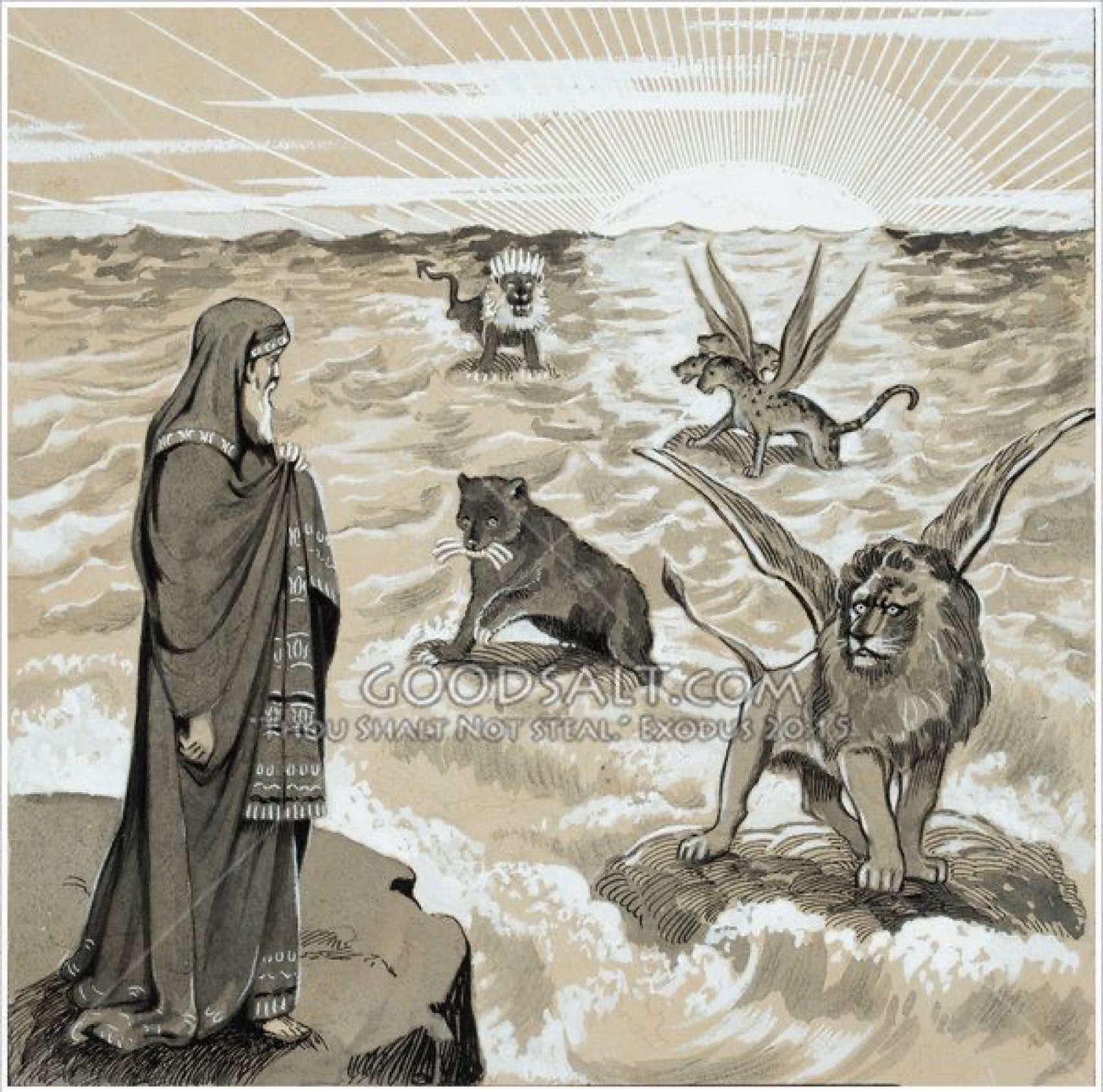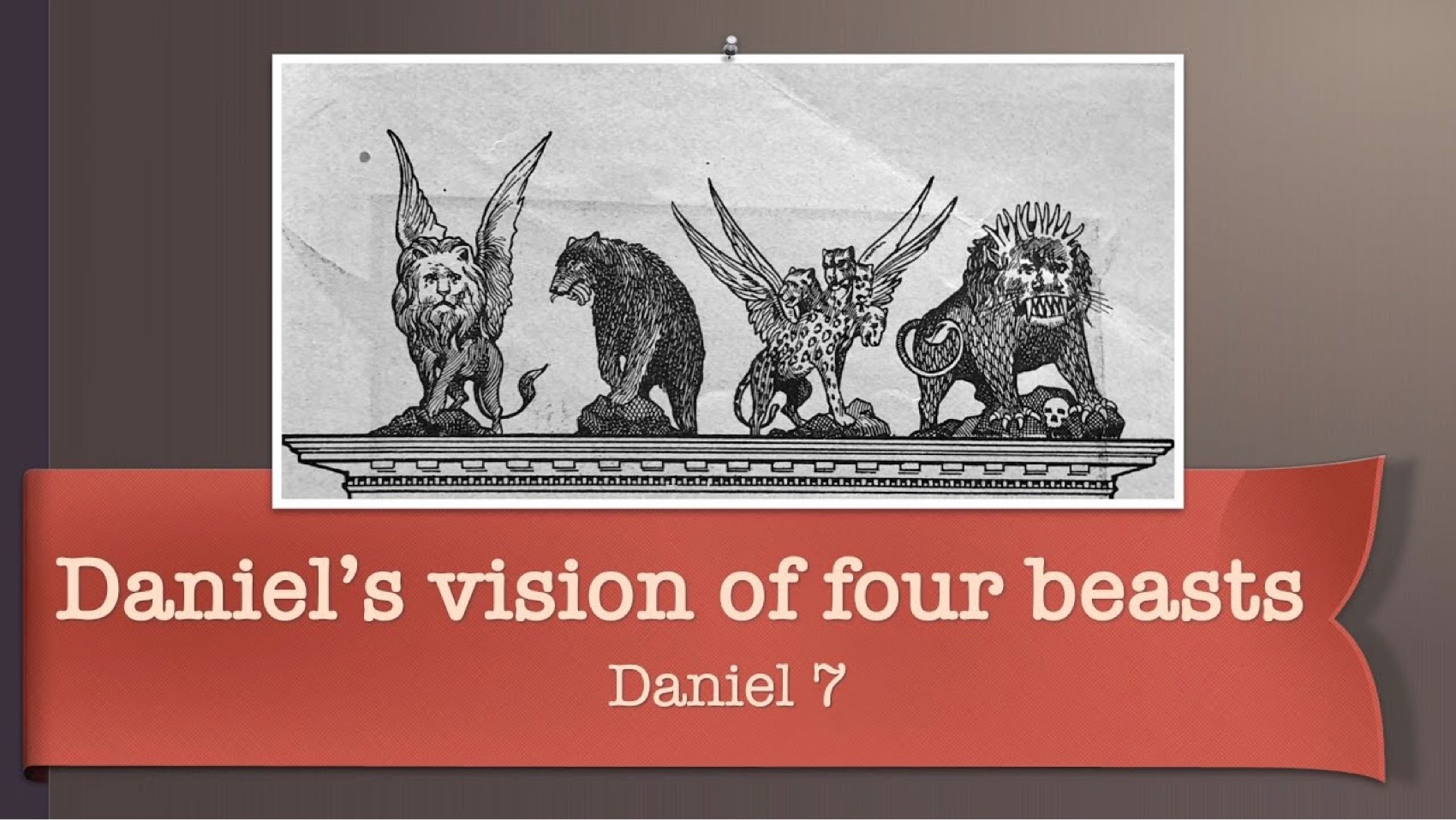Daniel 7 is a prophetic vision given to the prophet Daniel, where he sees four great beasts rising out of the sea, symbolizing four powerful kingdoms that would rule over the earth. These kingdoms are later identified as Babylon, Medo-Persia, Greece, and Rome.
In the vision, after the fourth beast, representing the Roman Empire, is described, Daniel sees a divine courtroom scene. The Ancient of Days, who represents God, takes His seat on a throne, and books are opened. Then, Daniel sees another figure coming with the clouds of heaven, and this figure is described as "one like a son of man."
In verse 13 of Daniel 7, it says, "I saw in the night visions, and behold, with the clouds of heaven there came one like a son of man, and he came to the Ancient of Days and was presented before him."
The interpretation of "the son of man" in this verse has been the subject of much debate among scholars and theologians.
In Christian tradition, this figure is often seen as a reference to Jesus Christ, who often referred to himself as the "Son of Man" in the New Testament. This interpretation emphasizes the divinity and authority of Jesus as the ruler of a universal and everlasting kingdom.
In Jewish tradition, the "son of man" is often understood as a symbol of the righteous remnant of the Jewish people, who will ultimately be vindicated and given authority by God to rule over the nations.
In Islam, Muhammad’s Night Journey from Mecca to Jerusalem and subsequent ascension to heaven aligns with the Son of Man mentioned in Daniel 7, verse 13. They believe this refers to Muhammad being granted dominion, glory, and an everlasting kingdom by God.
Overall, the vision of the Son of Man in Daniel 7 is a powerful and enigmatic image of a divine figure who will ultimately rule over the earth with justice and righteousness. This figure will bring an end to the kingdoms of the world and establish the everlasting Kingdom of God.


